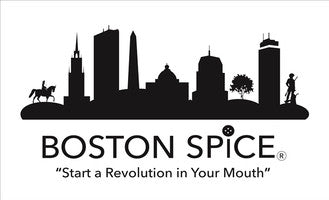Boston 18th Century

Colonial Boston, Massachusetts in the 18th century was a significant hub of political, economic, and cultural activity in British America. The city played a crucial role in the lead-up to the American Revolution and was a center for revolutionary fervor. Here are some key aspects of life in colonial Boston during the 18th century:
-
Political Climate: Boston was known for its strong spirit of independence and resistance to British rule. The city became a hotbed of revolutionary sentiment, with influential figures like Samuel Adams and John Hancock emerging as leaders of the patriot cause. The Boston Tea Party, an iconic act of protest against British taxation, took place in 1773.
-
Trade and Commerce: Boston's location on the Atlantic coast made it an important trading port. The city thrived through maritime commerce, engaging in fishing, shipbuilding, and trade with the West Indies, Europe, and other colonies. The merchants of Boston amassed considerable wealth, which further fueled the revolutionary movement.
-
Social Structure: Boston society was divided into different classes. The upper class consisted of wealthy merchants and professionals, while artisans, laborers, and tradespeople formed the middle class. Slavery was also present, and there was a small but significant population of enslaved people in Boston during this period.
-
Cultural and Intellectual Center: Boston had a vibrant intellectual and cultural scene. The city was home to several prominent educational institutions, including Harvard College, founded in 1636. Boston's intellectual elite, known as the "Boston Brahmins," cultivated a culture of learning, literature, and Enlightenment ideals.
-
Religious Influence: The Puritan heritage remained influential in 18th-century Boston, although religious diversity began to emerge. The Great Awakening, a religious revival movement, had a significant impact on the city's religious landscape, with preachers like Jonathan Edwards and George Whitefield leaving a lasting impression.
-
Infrastructure and Architecture: Boston underwent significant urban development during this period. Streets were laid out, and buildings were constructed using brick and wood. Examples of Georgian-style architecture, such as the Old State House and the Old North Church, still stand as reminders of this era.
-
Boston Massacre and the Boston Tea Party: In 1770, tensions between the British soldiers and the colonists erupted in the Boston Massacre. British troops fired into a crowd, resulting in the deaths of five colonists. The event further fueled anti-British sentiment. Three years later, the Boston Tea Party occurred when colonists, disguised as Native Americans, boarded British ships and dumped tea into the harbor to protest against the Tea Act.
-
Revolutionary Acts: Boston played a crucial role in the early stages of the American Revolution. The city hosted the First Continental Congress in 1774, where representatives from the colonies met to discuss their grievances against British policies. It was also the site of the Battle of Bunker Hill in 1775, one of the first major battles of the war.
These are just some of the highlights of life in colonial Boston, Massachusetts during the 18th century. The city's significance in American history and its role in the lead-up to the Revolutionary War make it a fascinating subject for study and exploration
